In Photos: Vortex Knots Created in Water
First Knot
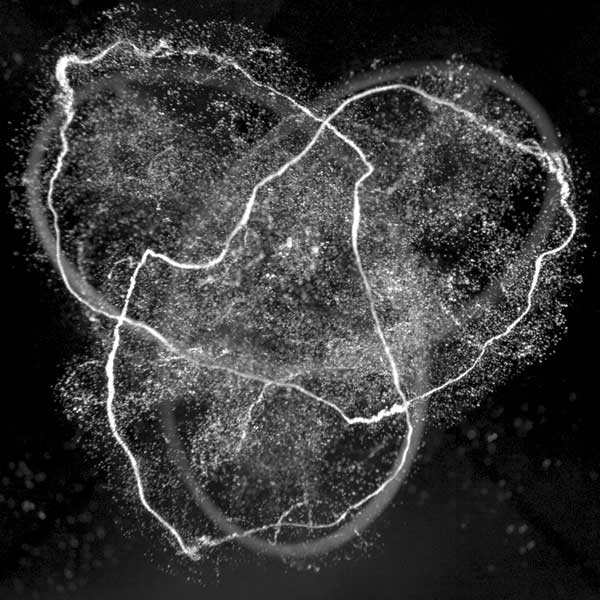
For the first time, scientists have created knots in a fluid, rather than simple rings. Here, a still of the first working vortex knot.
A Rendering
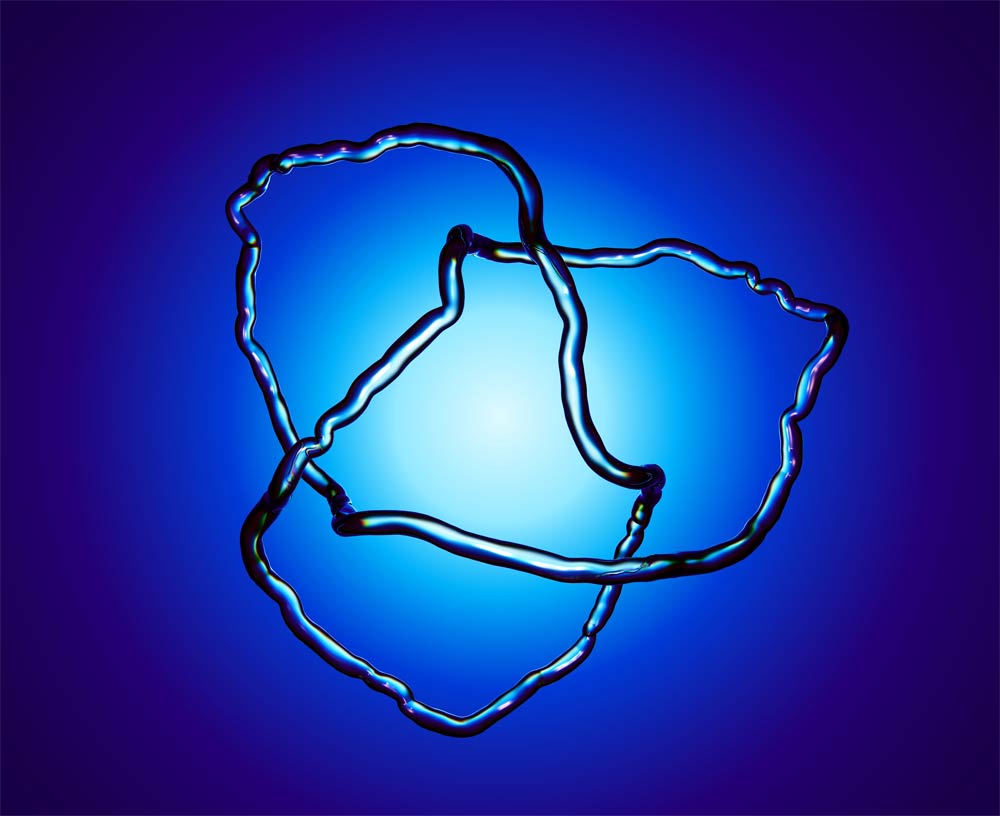
The researchers used data collected during their experiments to render a trefoil knot, shown here. Like other knots, trefoil knots, popular on Celtic-themed jewelry, doesn't cross itself.
Trefoil Hydrofoil
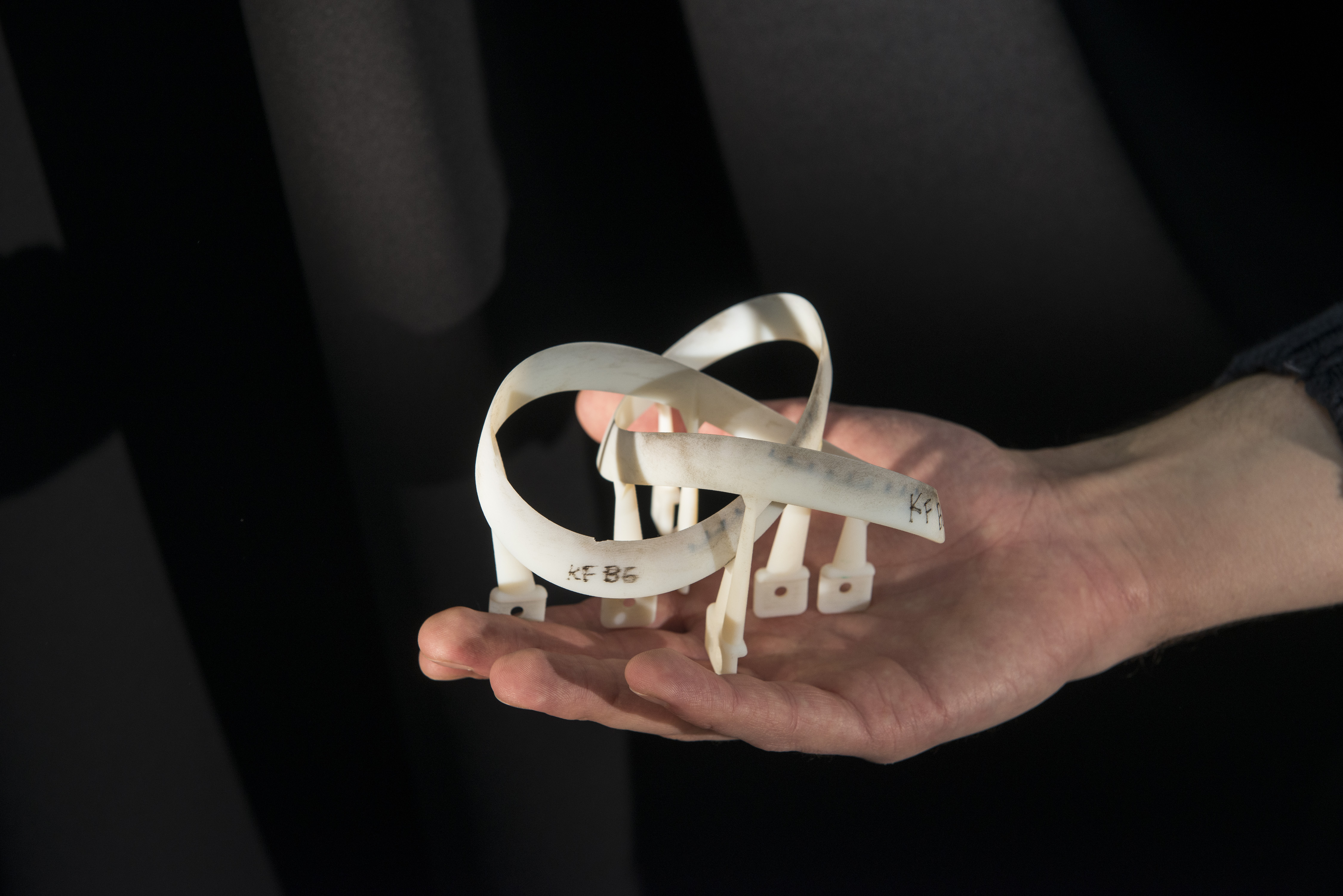
To create the vortex knots, the researchers created a hydrofoil.
Knotted Up
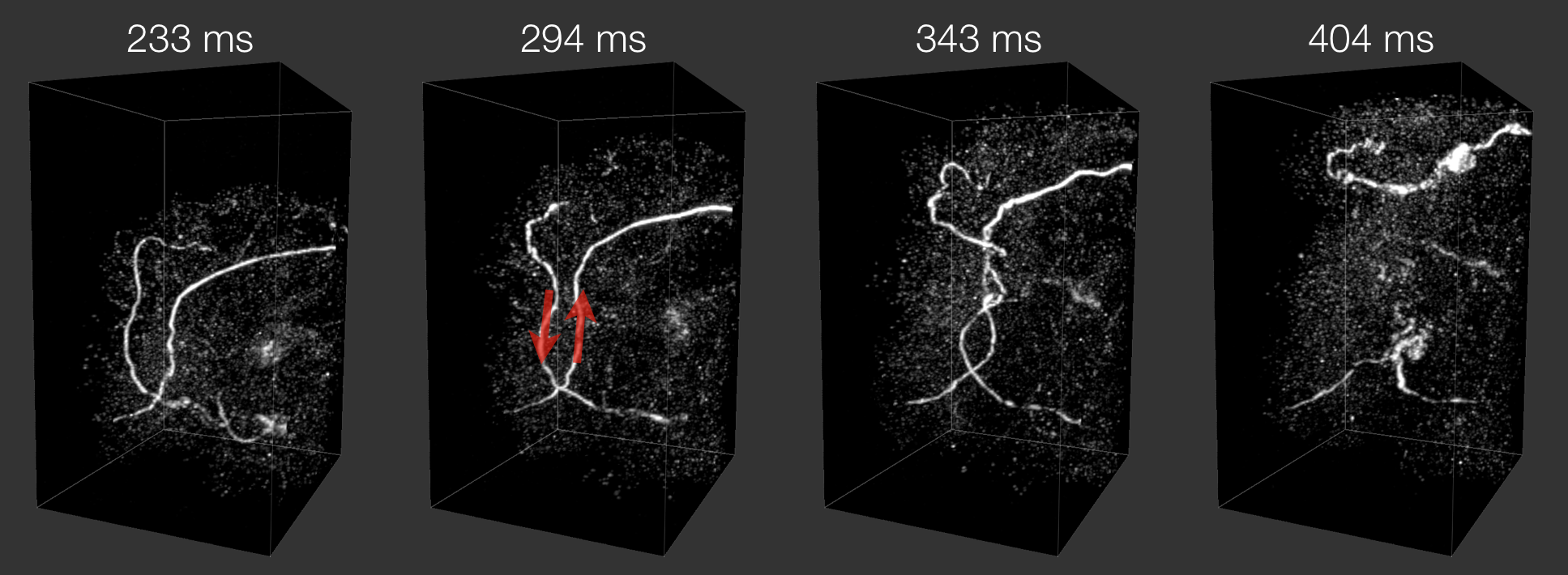
Four snapshots from a vortex reconnection, from reconstructed 3D video of a trefoil knot.
Making Smoke Rings
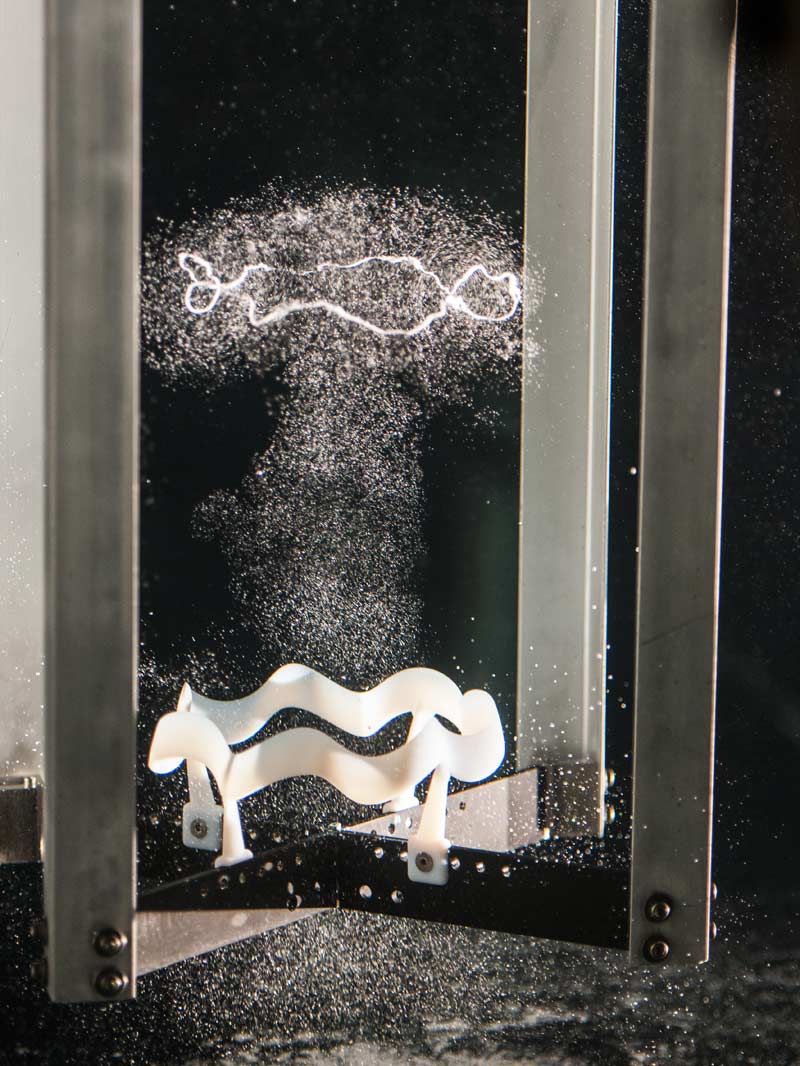
To make the vortex, the scientists took the wing-shaped hydrofoil and made it into a ring. They then pushed it through the water. It's not unlike blowing a smoke ring, but in that case it's about getting the puff of air right. In this experiment, the challenge was getting water to make just the right shape as it is blasted out at high speed.
Annihilation
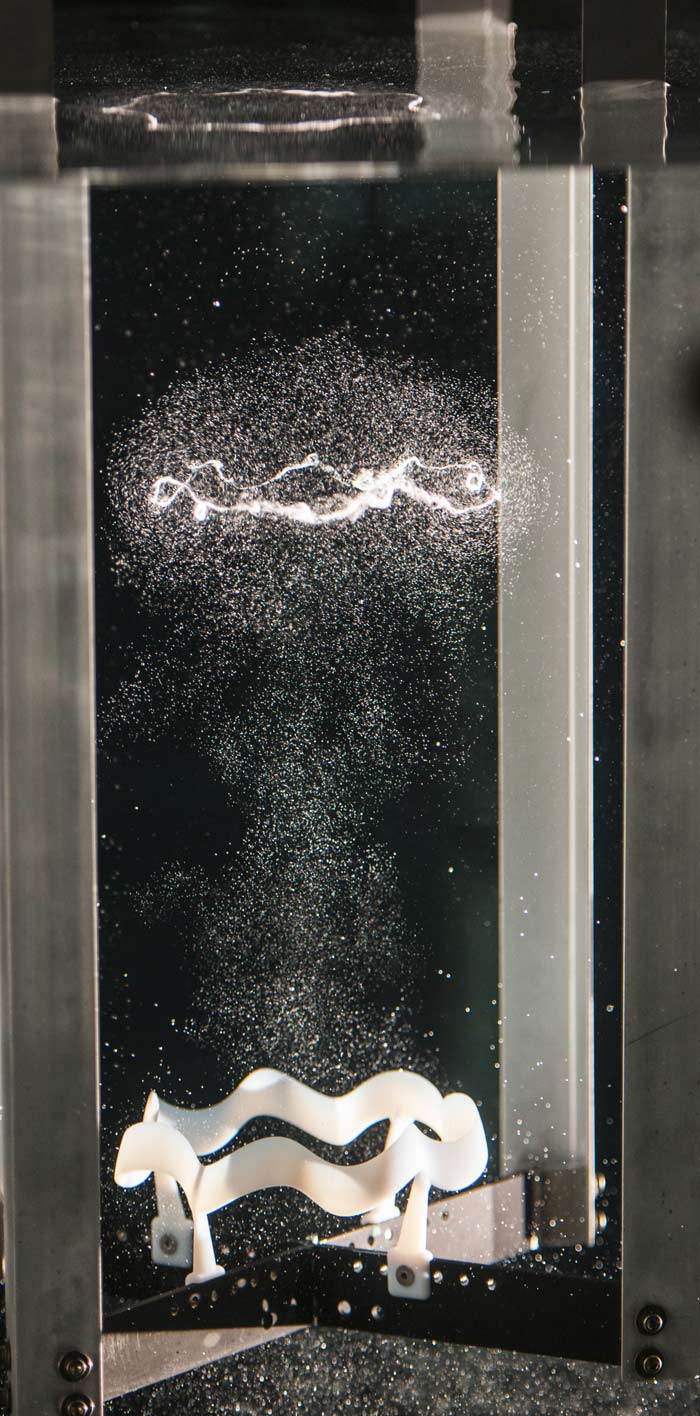
When the water is pushed out with a force equivalent to 100 times the acceleration of gravity, it forms the vortex rings, which connect up to each other and annihilate themselves. The same would likely happen in other media, the researchers said, as long as one remains well below the speed of sound in the fluid.
Scaling Up?
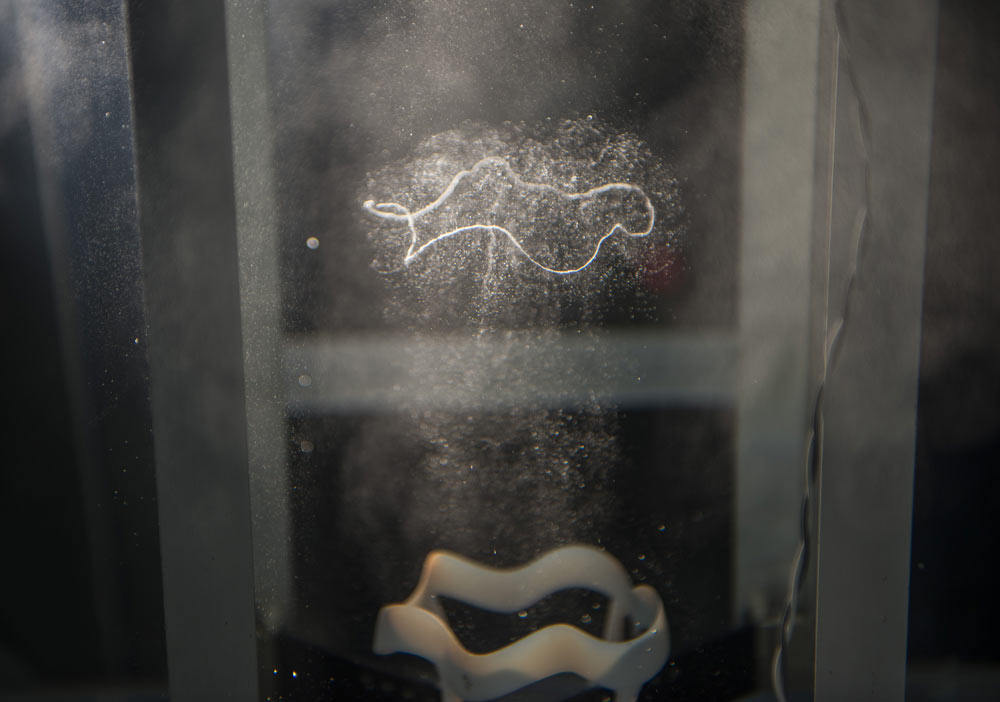
The researchers plan to scale up their experiment, to see if making bigger vortices makes them more stable.
Get the world’s most fascinating discoveries delivered straight to your inbox.
Vortex Data
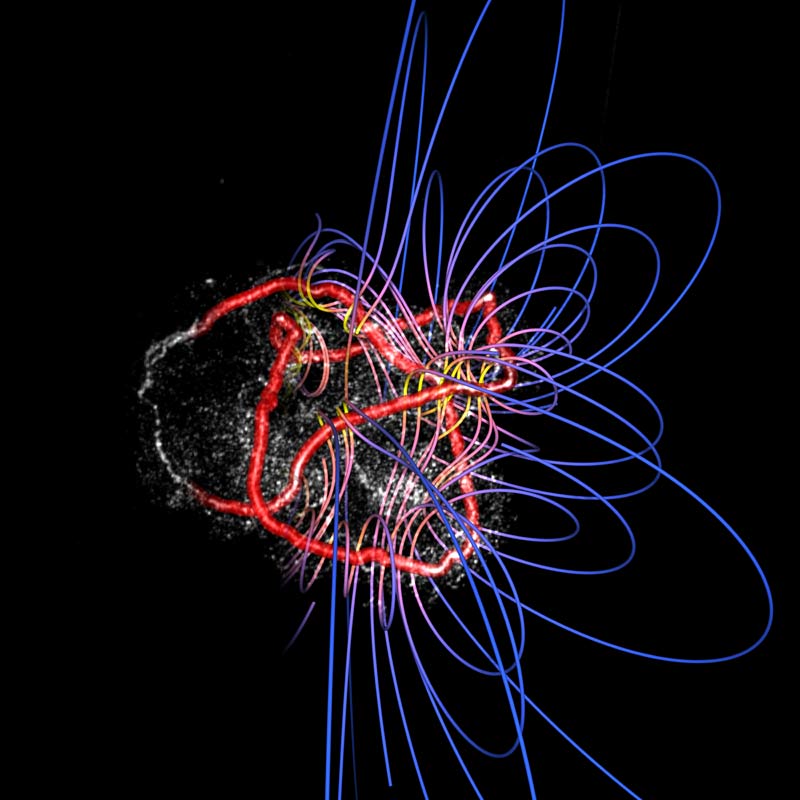
A rendering of reconstructed stream lines around the trefoil knot, shown overlaid with the raw data (white) and the traced core (red). The stream lines and core rendering have been pulled back on the left side to show the raw data and core tracing more clearly.
 Live Science Plus
Live Science Plus






